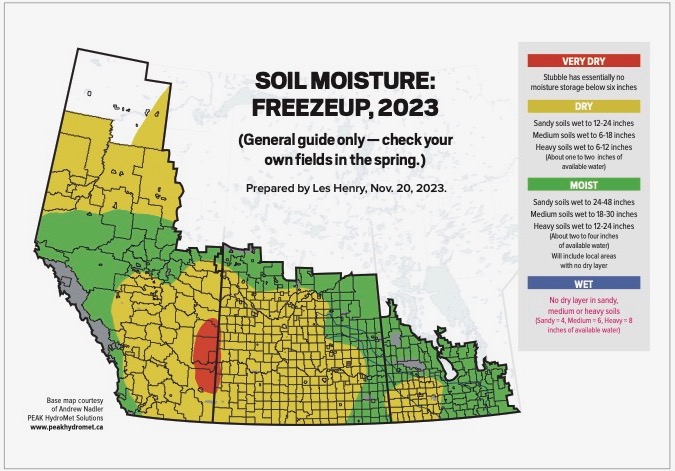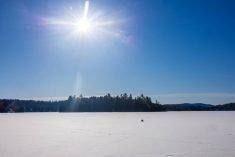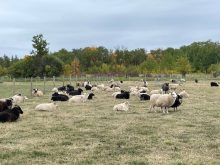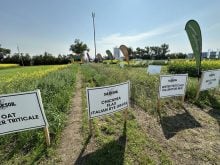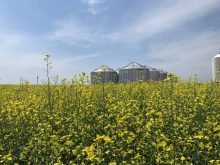To make a soil moisture map, you need to understand the soil moisture constants: saturation, field capacity, wilting point and plant-available water.
Saturation (Sat) is when all soil pores are filled with water — in other words, the water table. Until recently we did not consider the water table to be high enough to provide water to plants, but we now know the water table does play a role in some areas in some years.
Field capacity (FC) is the amount of water a given soil will hold onto against gravity’s downward push on a dry layer.
Read Also
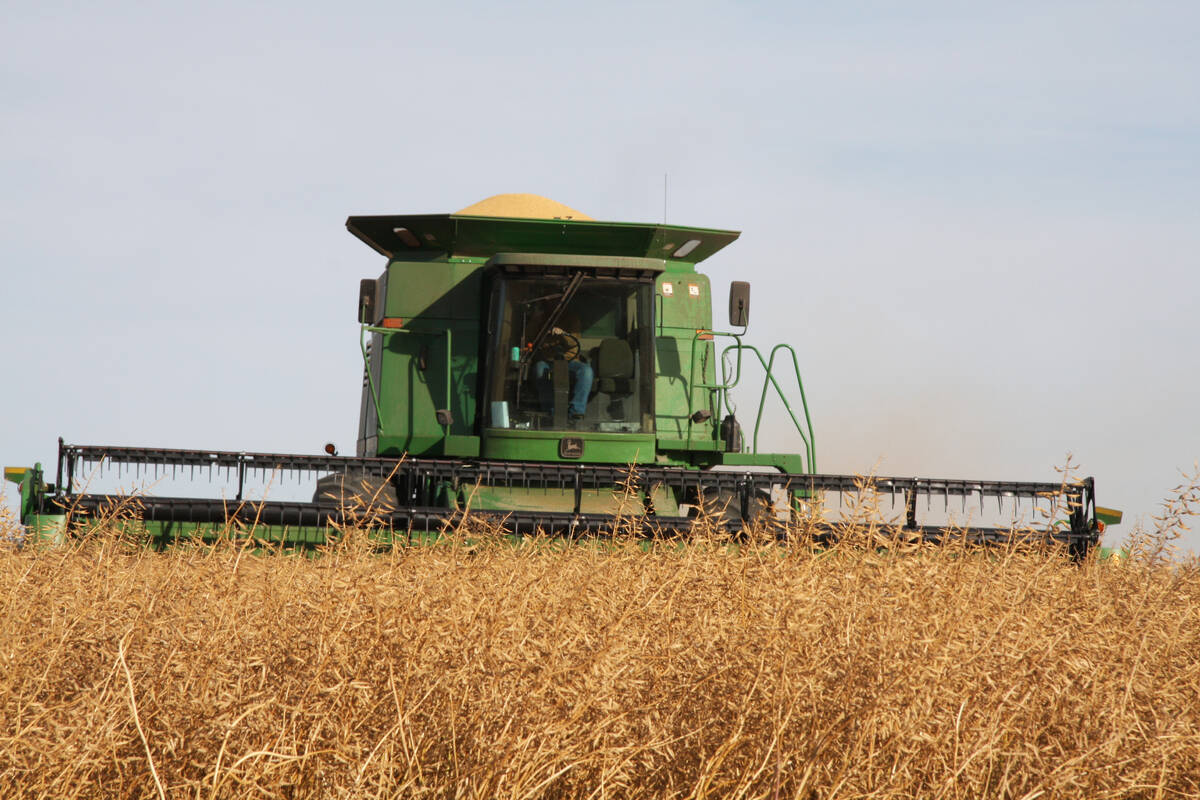
Mustard processor expands in southern Alberta
A $30 million expansion for a southern Alberta mustard facility adds significant milling capacity, improving Prairie mustard growers’ proximity to demand for the raw product.
Wilting point (WP) is the amount of water left in a soil after the plants have extracted all they can.
Available water (AW) is the difference between FC and WP.
The wetting front, which measures how far a given rain will wet the soil to FC, can be easily measured by soil probing. A soil probe goes through the FC soil like butter but stops you dead when the dry layer is reached.
The first soil moisture map we made, covering Saskatchewan only, in 1978, used data from soil probing. Where to probe was determined in detail by mapping the rainfall from after crop use. Most fall rains occur in September, so we had October to use for soil probing. Most of that work was done by folks who were already in the field, running soil tests and checking plots.
In the past many years, we have made a three-province soil moisture map to be published in Grainews. There is very little soil probing done, so the map relies on good rainfall data. Alberta, for one, has a huge weather station network with daily rainfall data and software that makes it easy to plot daily and cumulative rainfall.
Saskatchewan Agriculture has a weekly crop report including rainfall data gathered from about 189 crop reporters. If you want to be a crop-reporting volunteer, contact Mackenzie Hladun at 306-694-3592 or by email. The more reporters, the better the information. If you have a family farm, with Grandpa getting in your hair, maybe this will keep him occupied.
Manitoba also has a large network of weather stations and daily rainfall data can be accessed, but not as easily as in Alberta. Manitoba also has soil moisture probes at its weather stations, so that is a big help.
Now that you’re all experts on soil moisture, let’s tell you about this year’s soil moisture map.
Soil moisture at freeze-up, 2023
The drought on the Prairies has eased up a bit, but we are not out of the woods yet. This year’s map more or less changes the red (Very Dry) over to the yellow (Dry) category.
This year I used “freeze-up” as the map’s effective date rather than the usual date of Nov. 1. In southern Saskatchewan, a significant snowfall on and around Nov. 7 has since melted and added to soil moisture.
As we compare this year’s map to the Nov. 1, 2022 version, we see where we have largely substituted the yellow ink in place of the red ink.
Snow jobs
In the past few years, snow has been a significant factor in final grain yield. We went into freeze-up with the topsoil bone-dry, so snowmelt went directly to soil moisture, with little runoff.
This year will likely be different. Snowmelt will fill the sloughs and add to stream and river flows. For cowboys, that will be good news, as many pastures rely on slough water for the grazing herd. For stubble jumpers, though, sloughs are a pain in the neck.
So, there you have it: at least enough moisture in the ground at freeze-up to get 2024’s crops germinated and started. With modern zero-till seeding equipment, surface moisture is not lost by the operation itself. When pre-seeding tillage was the norm, germination moisture was gone with the wind, and a rain had to come after seeding to get the crop up and running.

Enjoy the winter farm shows and other events where you will be given many chances to spend money. With my weak state of health, I cannot attend the Western Canadian Crop Production Show and must use Zoom to attend other events in the winter meeting season, so unfortunately will not see you there.


